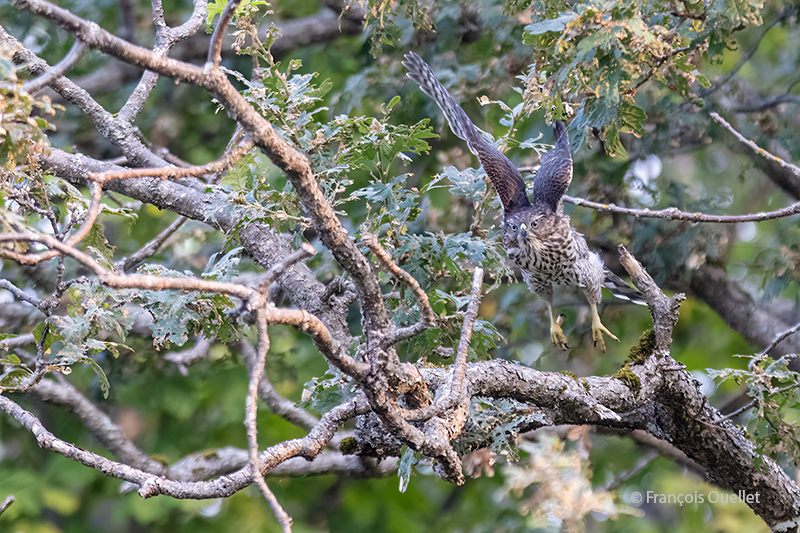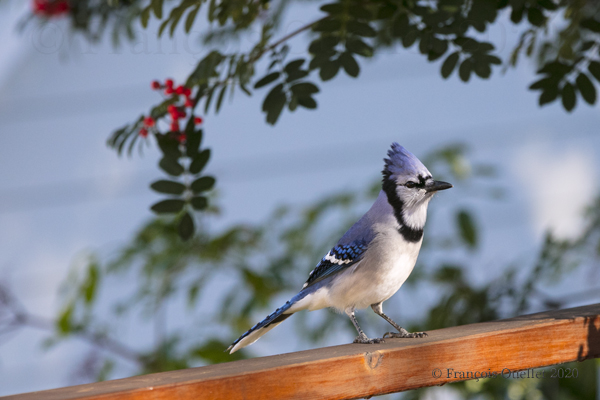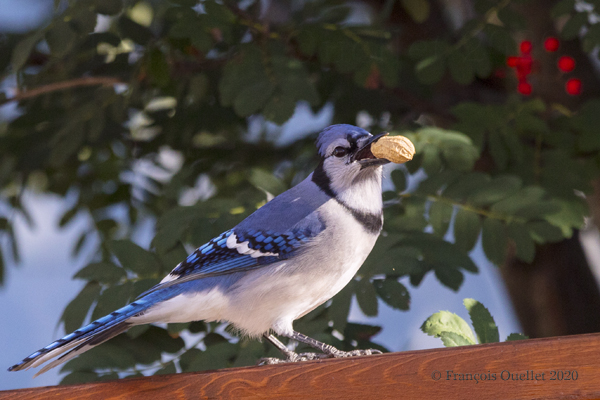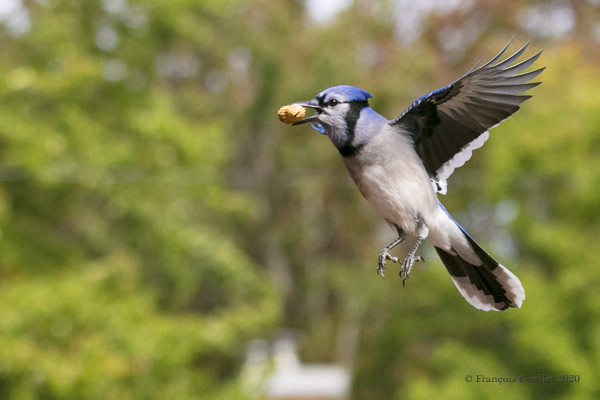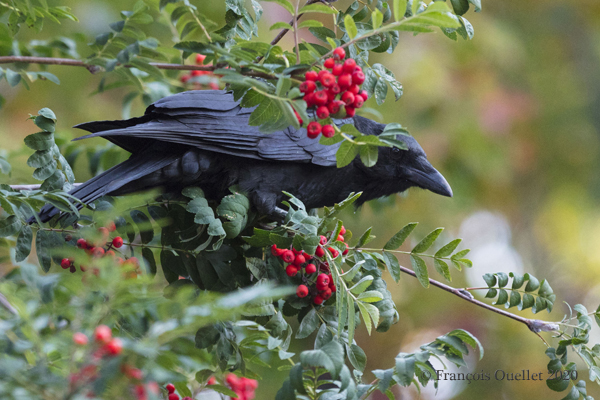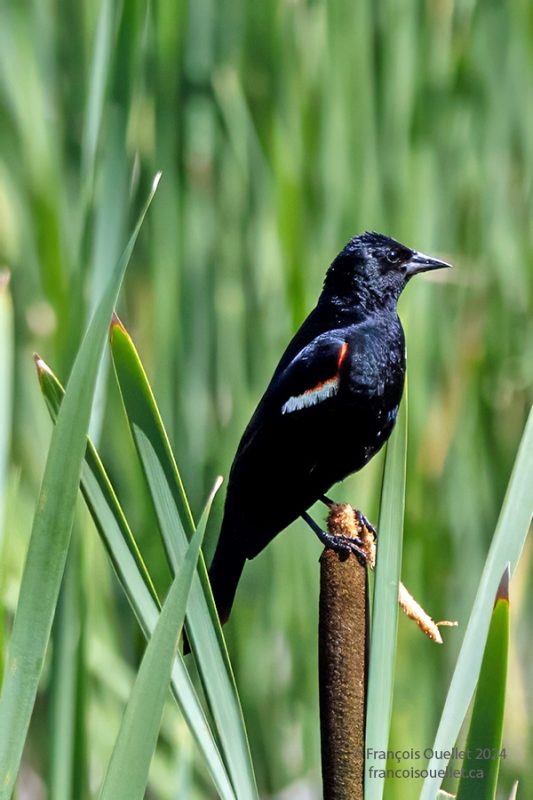
Bird photography enthusiasts can explore the Léon-Provancher-Marsh in Portneuf.
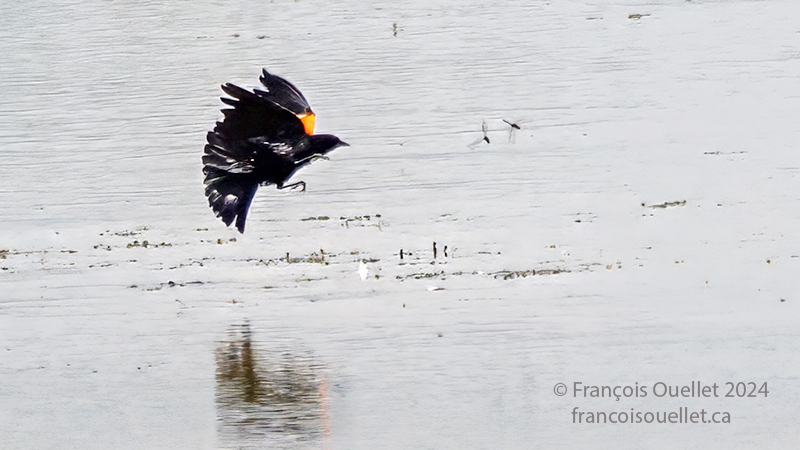
In the photo above, a Red-winged blackbird is stalking bugs in flight. But it’s about 100 metres from the shore. A shot at this distance and on a small, fast-moving subject poses a problem. I try my luck with a Canon 5dsr equipped with a Canon 70-200 f2.8L IS II USM lens.
The bird has just spotted its meal. It swoops down on two dragonflies, braking at the last second to adjust to the insect’s changing trajectory. The agility of the little creatures presents a colossal challenge to the predator.
Once the photo session is over, it’s time to process the Canon 5dsr’s 50.6 megapixel RAW files to correct and bring the bird as close as possible. At this stage, I note the two dragonflies that were difficult to see as I concentrated on following the bird in flight.
For this kind of scene, the photographic technique always remains the same: we prioritize shutter speed while lowering the ISO, because we’ll have to enlarge the main subject considerably during digital processing. We want to avoid enormous graininess on the final print.
The last processing phase for this photo of a small, distant and fast-moving bird is the use of artificial intelligence software. This will enable the focus to be improved slightly if the need arises.
But even with AI, there are no miracles. You can’t turn a bad initial photo into an excellent one unless you completely recompose it. That’s when you step out of the world of photography and choose digital creation.
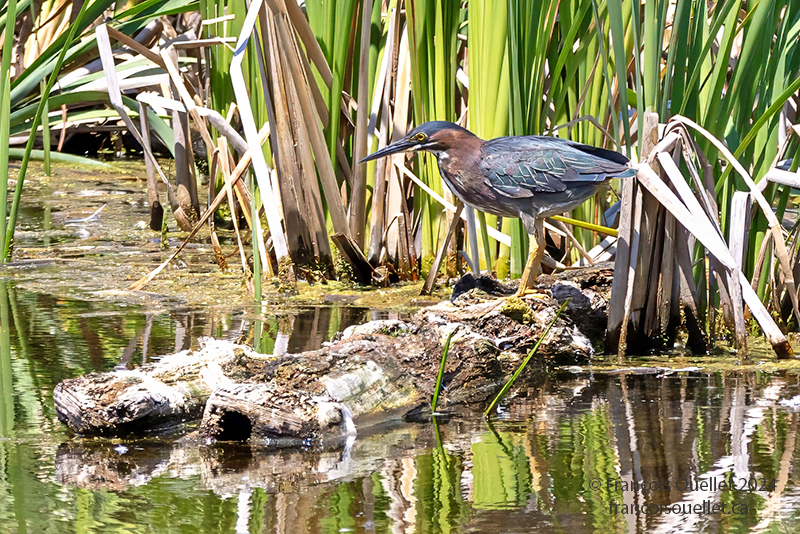
Above, a shot of a green heron caught at the end of a photography session. But it seems to me that I’d call it more of a blue heron when the plumage is captured from this angle.
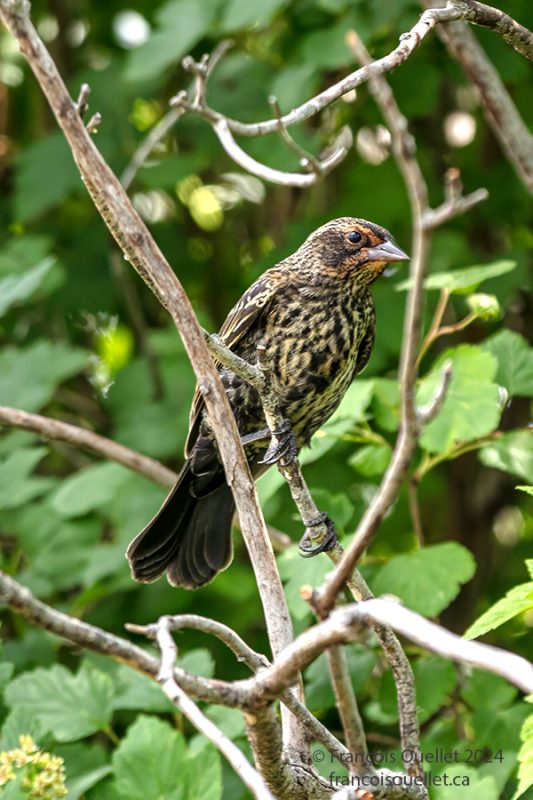
Click on the following link for more photos of the province of Quebec on my blog.

